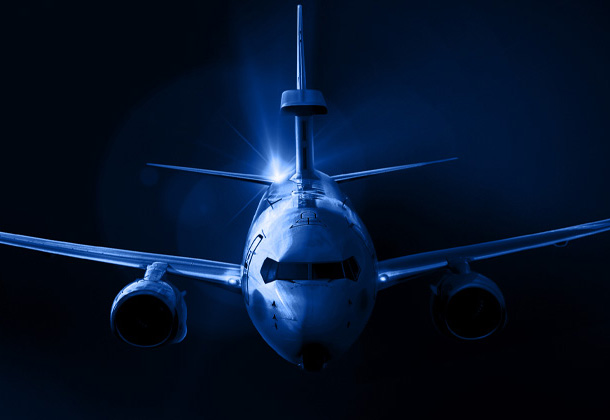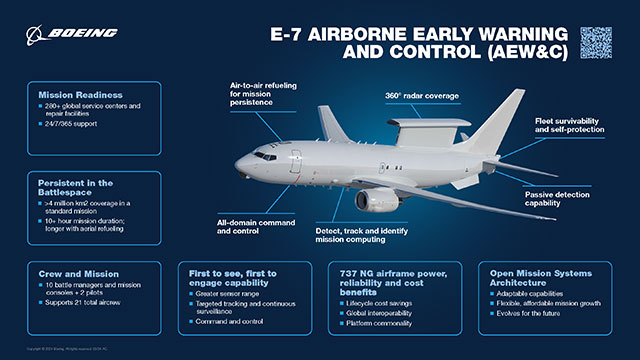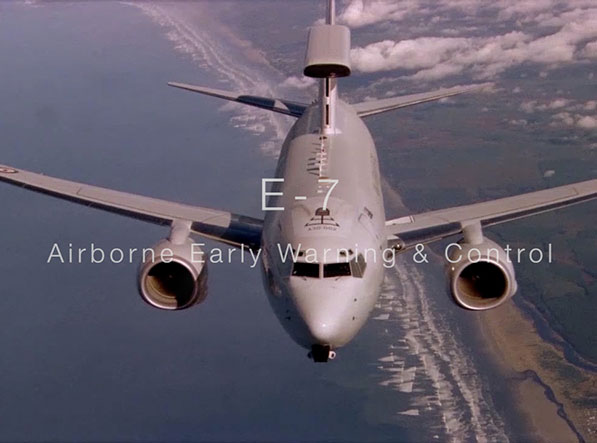The Boeing E-7 Airborne Early Warning & Control (AEW&C) is a combat-proven force multiplier that provides unparalleled abilities to scan the skies; communicate with surface, ground and air assets; and enable integration across the joint force.
Boeing E-7: An integrated command and control node
A growing global fleet for emergent global threats
The benefits of a growing global fleet include mission systems interoperability, mission readiness and life-cycle cost, and a common technical growth path to stay ahead of global threats.
The backbone of tactical battle management
In support of the U.S. Air Force’s Operational Imperatives, the department must field capabilities such as next-generation sensors and networked connectivity – all within the Department of Defense budget and on a rapid timeline. The E-7 is the only available, persistent command and control aircraft capable of meeting those needs.
Boeing’s E-7 is a combat-proven, affordable solution to meet the U.S. Air Force’s near-term E-3 replacement needs while also addressing Operational Imperative capability requirements. As a derivative of the in-production Next-Generation 737 and in operation with the UK, Australia, Korea and Turkey, the E-7 can be fielded to provide the warfighter with a measurable operational advantage.
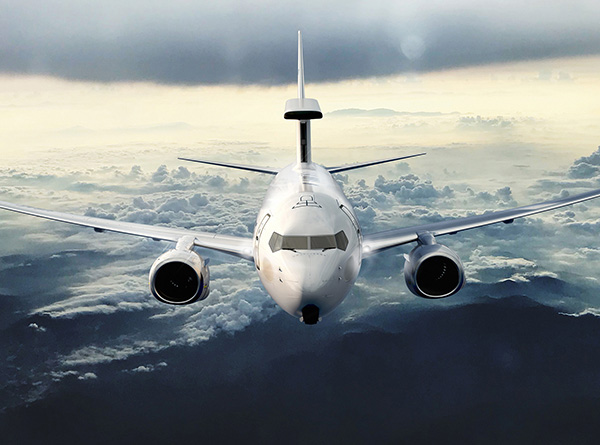
Brings decisive effects to the peer fight
The E-7 is an integrated, flexible command and control node that leverages networked connectivity, edge processing capabilities, and organic communications and sensor data generation to support significantly improved operational decision-making and resilient and efficient force employment.
Its next-generation, multi-domain capabilities are foundational to maintaining Air Superiority – providing accurate, timely and effective support.
First detect, first engage
The E-7 offers the most resilient, advanced airborne moving target indicator capability (AMTI) available.
Joint force enabler
The E-7 provides beyond-line-of-sight connectivity to joint and coalition assets in degraded and contested environments.
Air domain awareness
A powerful MESA radar provides high-quality sensor data at range, preserving the tactical advantage.
Interoperable, mission-ready and reliable
Based on a militarized Next-Generation 737, the E-7 is a persistent, off-the-shelf platform that brings lower operating and sustainment costs, higher mission readiness rates and unmatched interoperability among a growing global user community.
Currently in service or on contract with Australia, South Korea, Turkey and the United Kingdom, integration in future coalition operations is a distinct advantage.
Combat-proven operational flexibility
Converted from the Next Generation 737-700, the E-7 capitalizes on existing commercial derivative aircraft design, certification and modification processes, allowing E-7s to be fielded to meet mission requirements.
Reduced life-cycle costs
With over 9,000 worldwide 737s that include 30 global repair facilities and 250 global service centers, the E-7 benefits from significantly reduced maintenance and logistics costs.
Global 737 supply base
As a derivative of the in-production Next-Generation 737, the E-7 has access to a well-established global supply chain that enables higher operational availability rates.
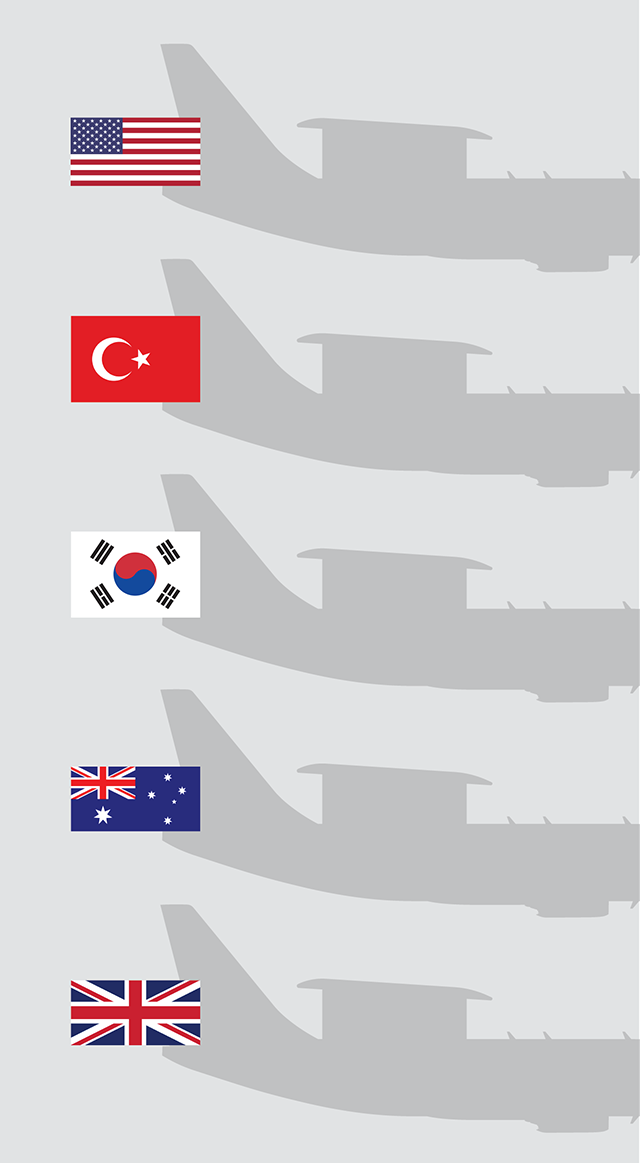
Evolves to meet future threats
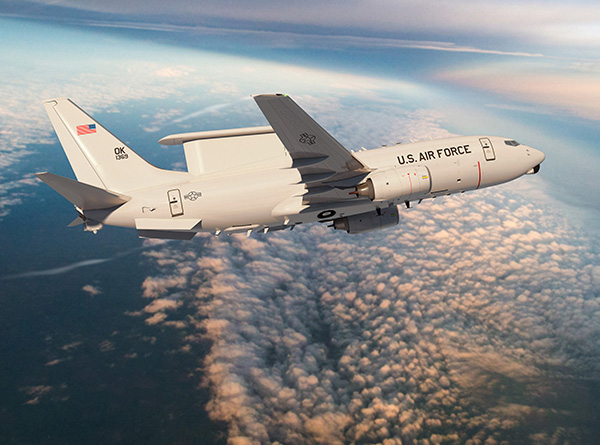
The future battlespace will be more complex, dynamic and unconventional. Through its open systems architecture and agile software development, the E-7 provides rapid, affordable capability growth to remain relevant as threats evolve.
Designed for continuous updates, the E-7 enables the customer to use either Boeing or third-party software to maximize the warfighter’s flexibility to rapidly upgrade or field new capabilities regardless of vendor.
Open systems architecture compliant
Boeing successfully married the Open Mission Systems (OMS)-compliant battle management command and control (BMC2) system to an advanced, wideband active electronically scanned array.
Flexible net-centric warfare
Customers have flexibility to add or upgrade future capabilities, select vendors and determine an implementation schedule – aligning with the DOD for flexible, net-centric warfare.
JADC2 proven
As the primary platform in a virtual demo, the E-7 shared data and common operating pictures between multi-domain systems – from sensor to sensor, to platform, to shooter.
#E7AEWC
Feature stories
Image gallery
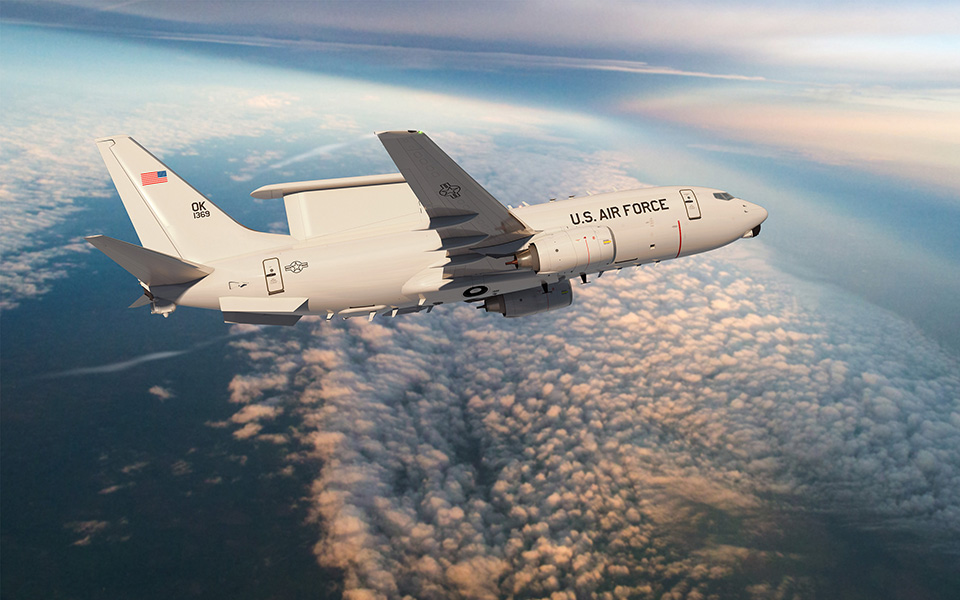
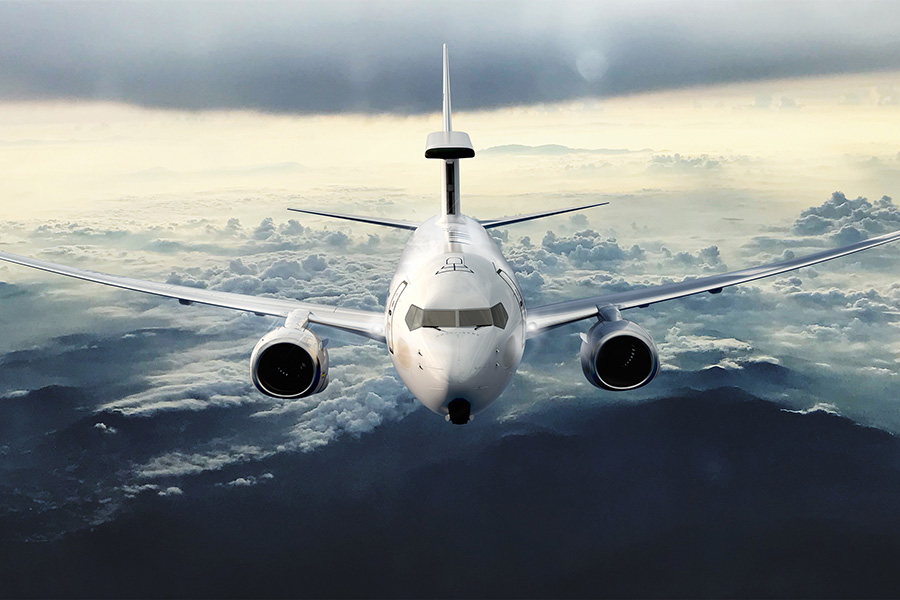
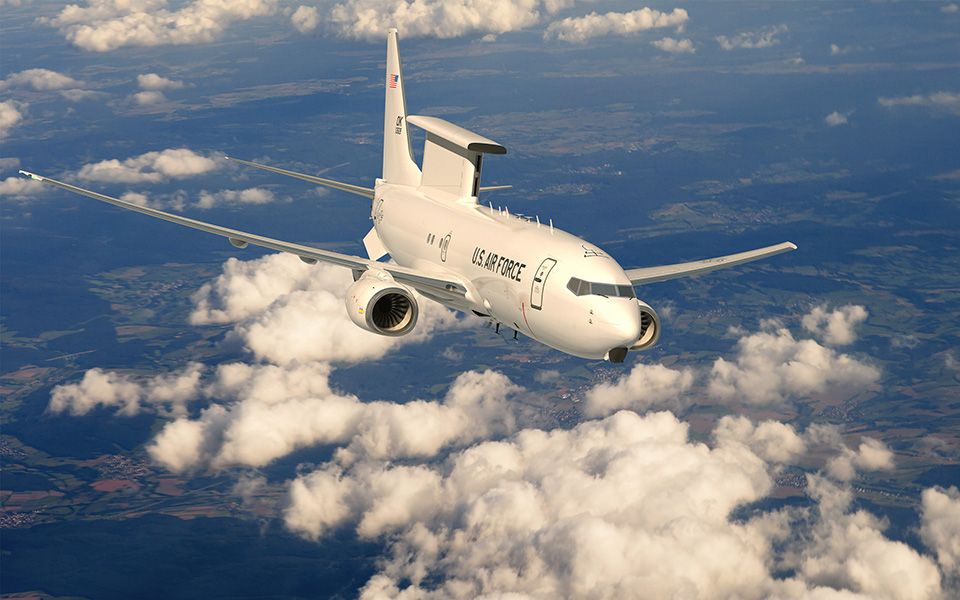
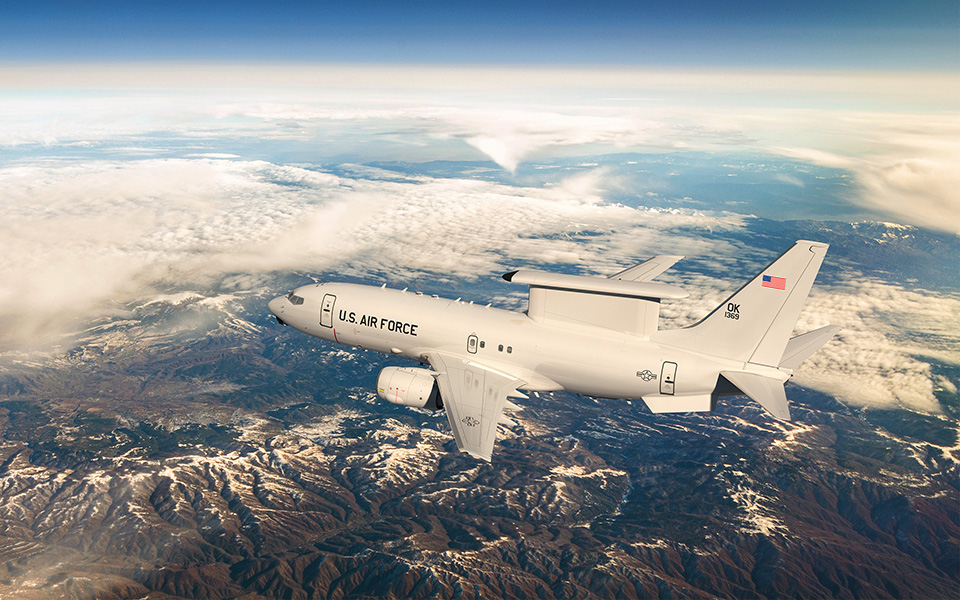
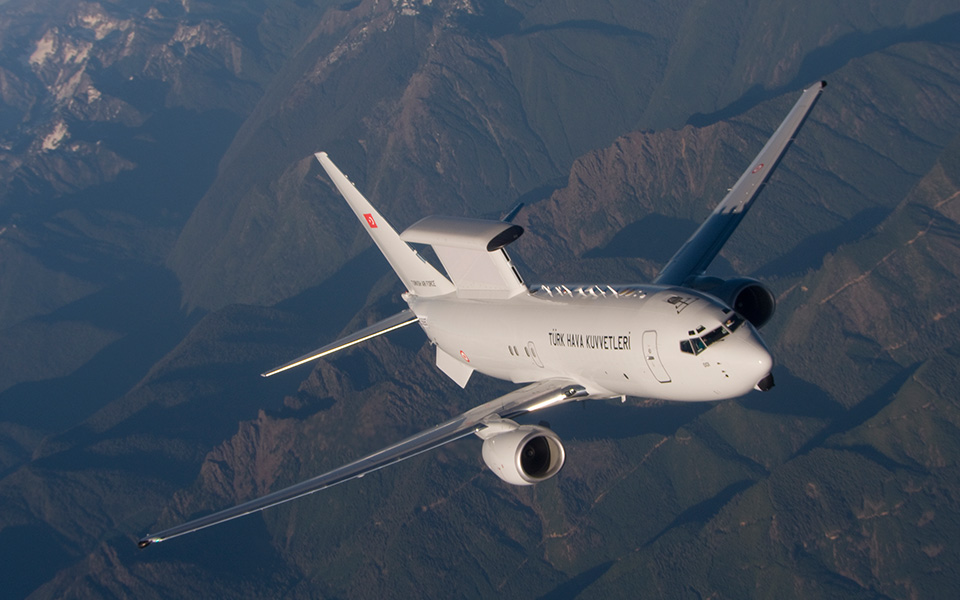
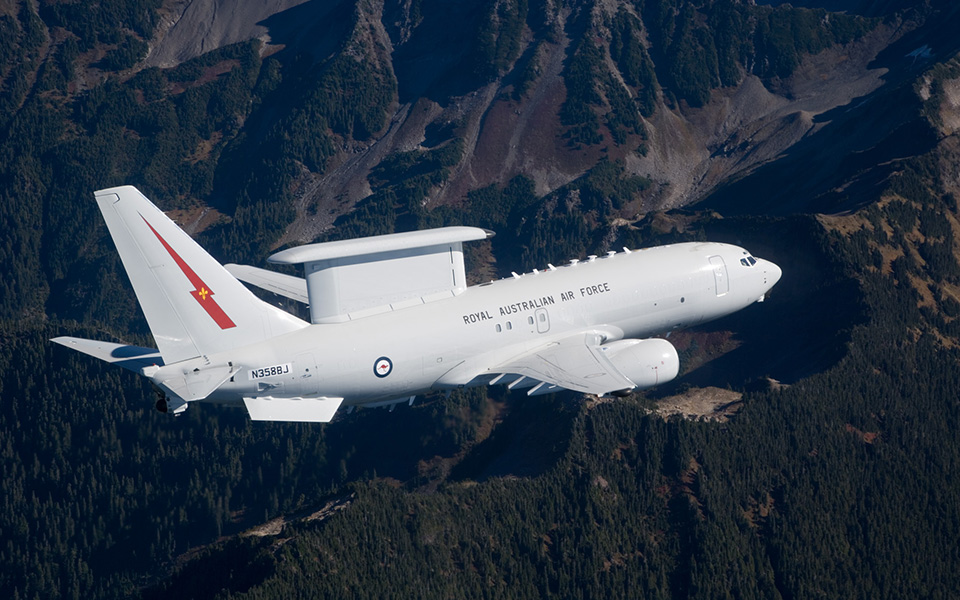
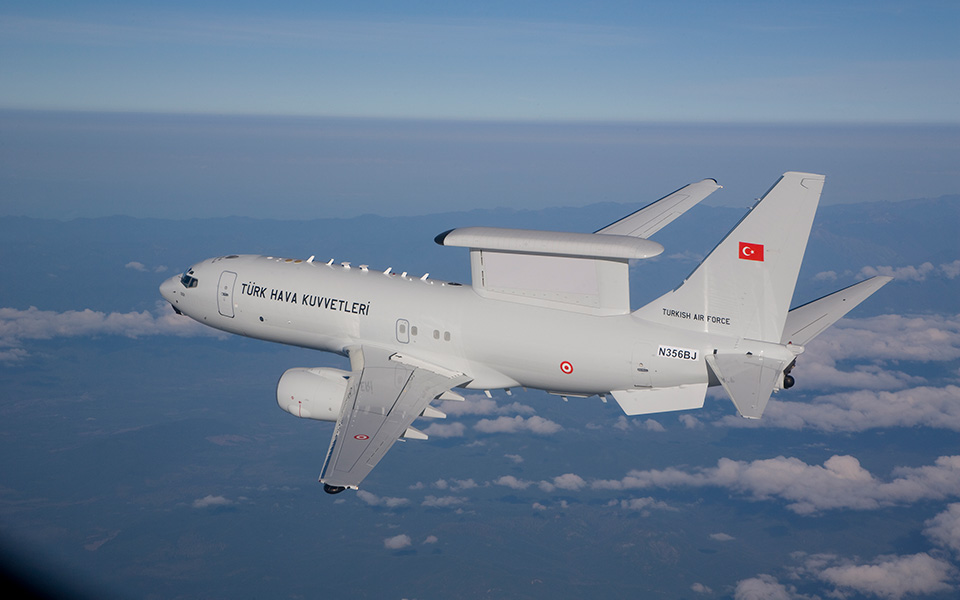
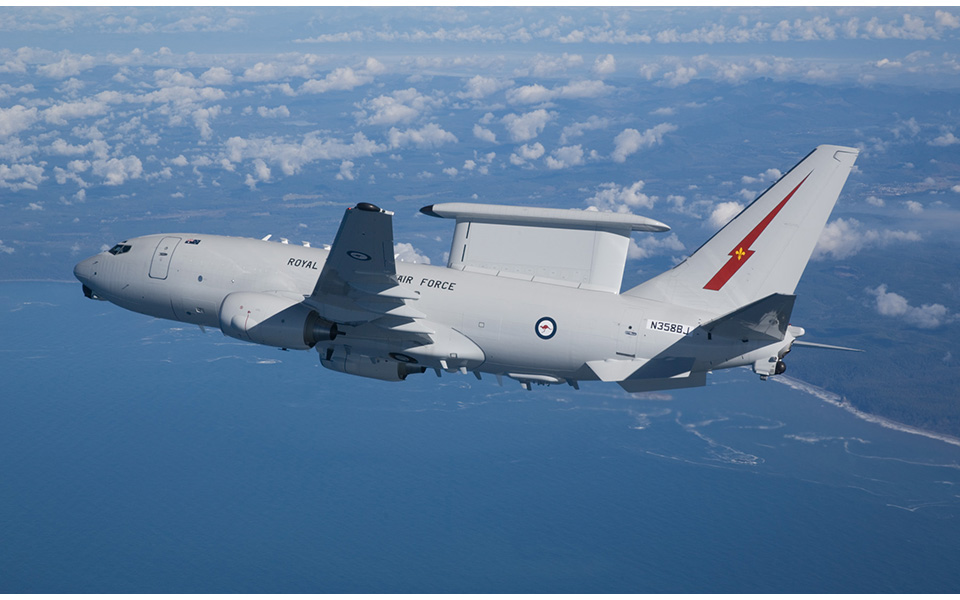

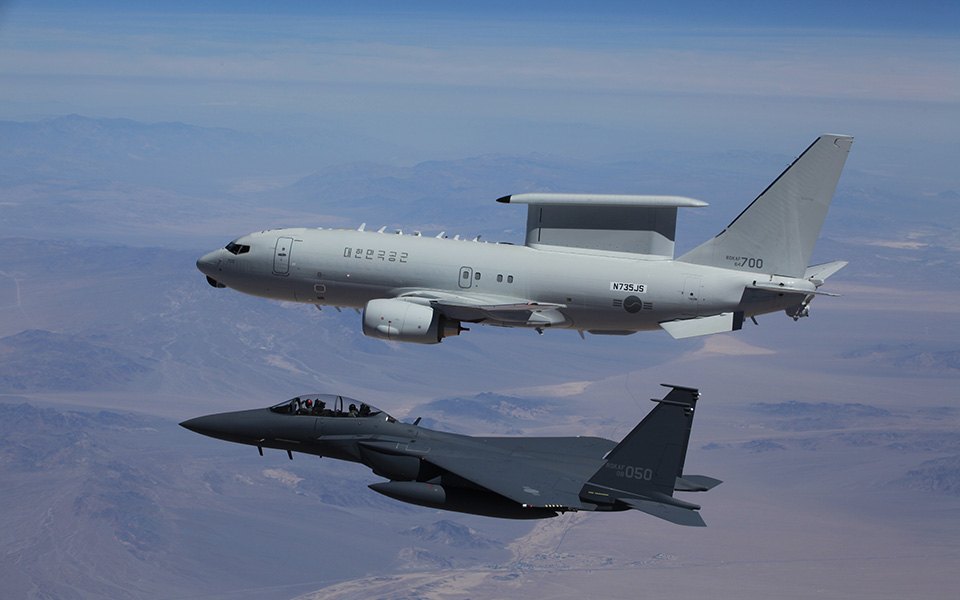
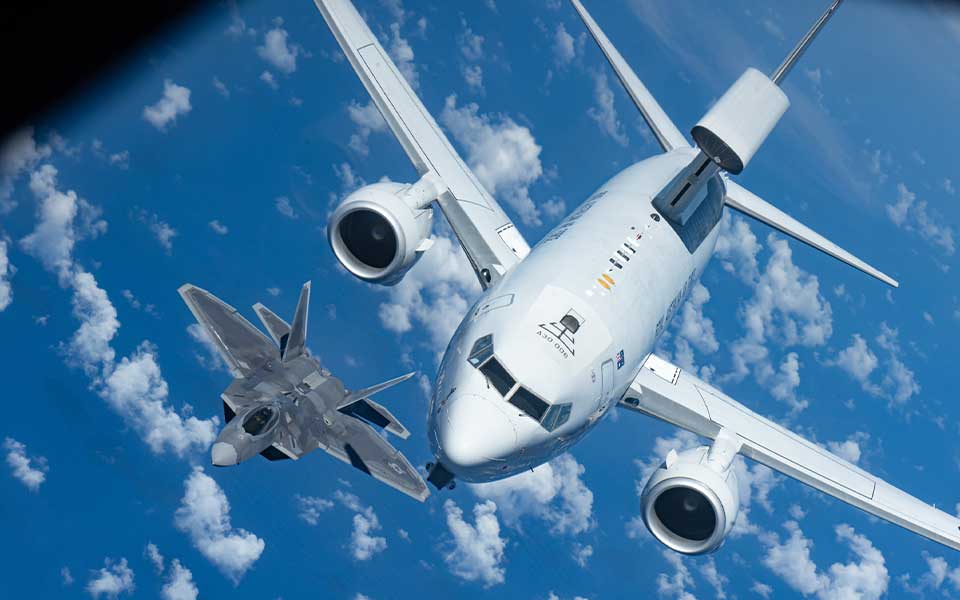
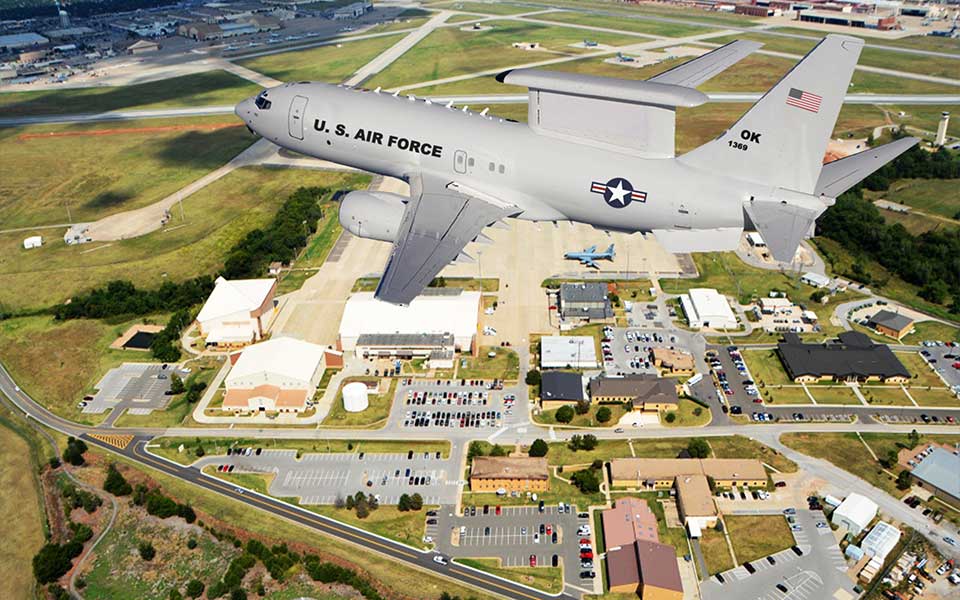
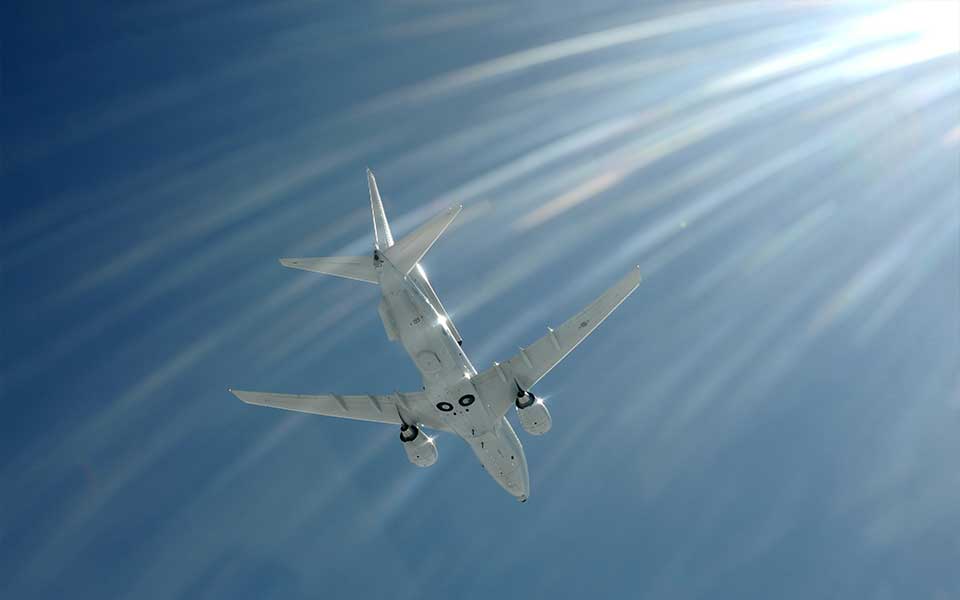
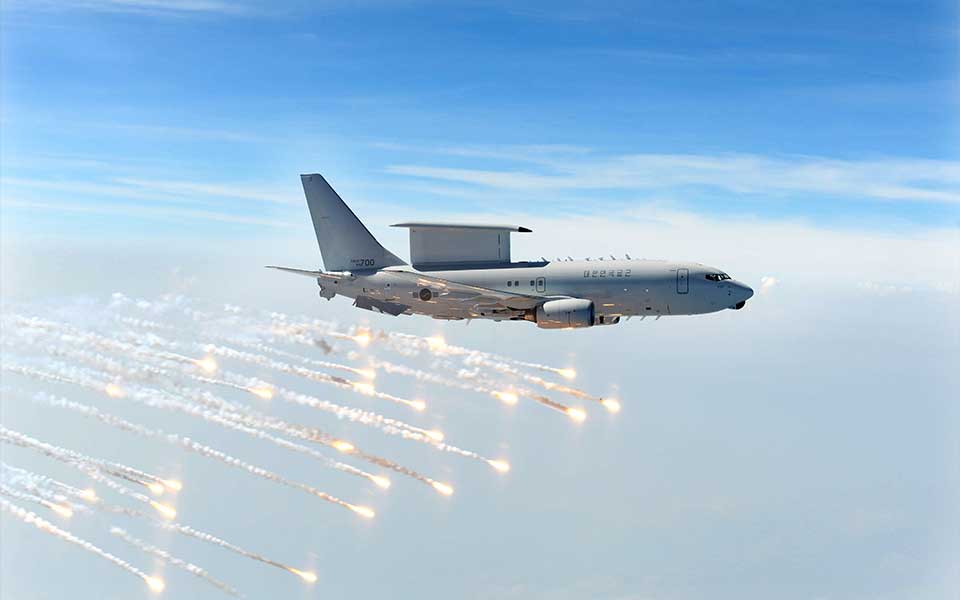
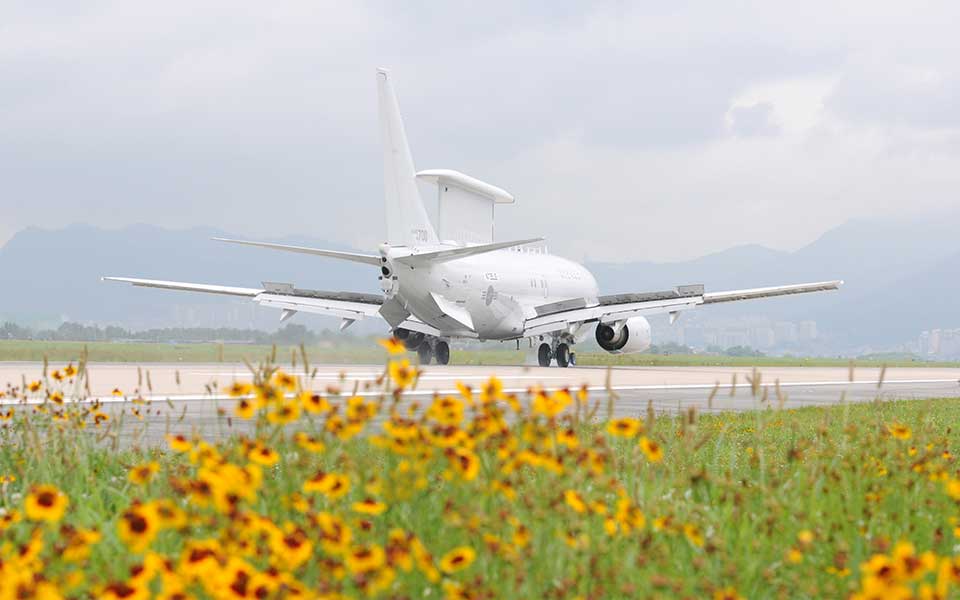
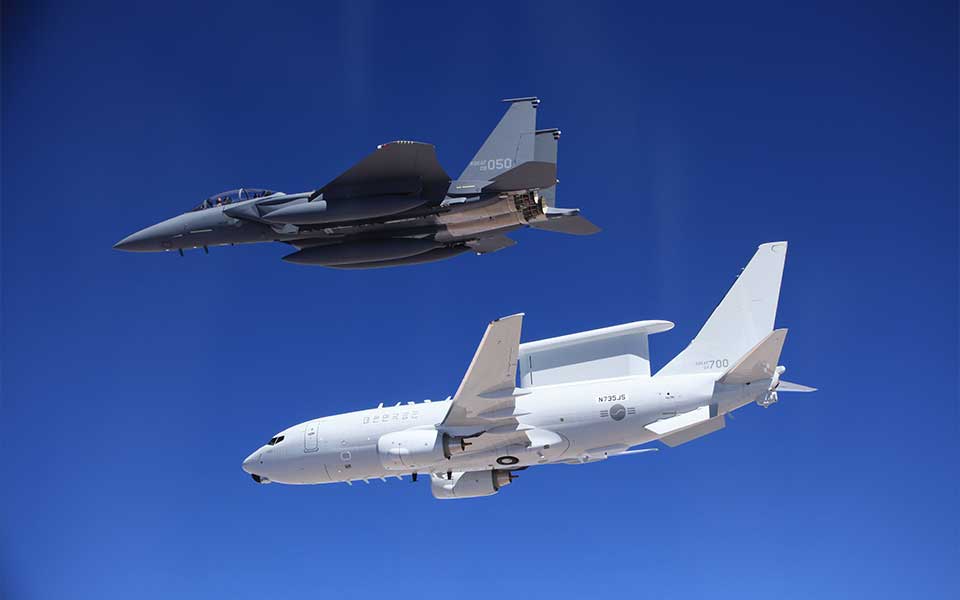
- Image 1
- Image 2
- Image 3
- Image 4
- Image 5
- Image 6
- Image 7
- Image 8
- Image 9
- Image 10
- Image 11
- Image 12
- Image 13
- Image 14
- Image 15
- Image 16

